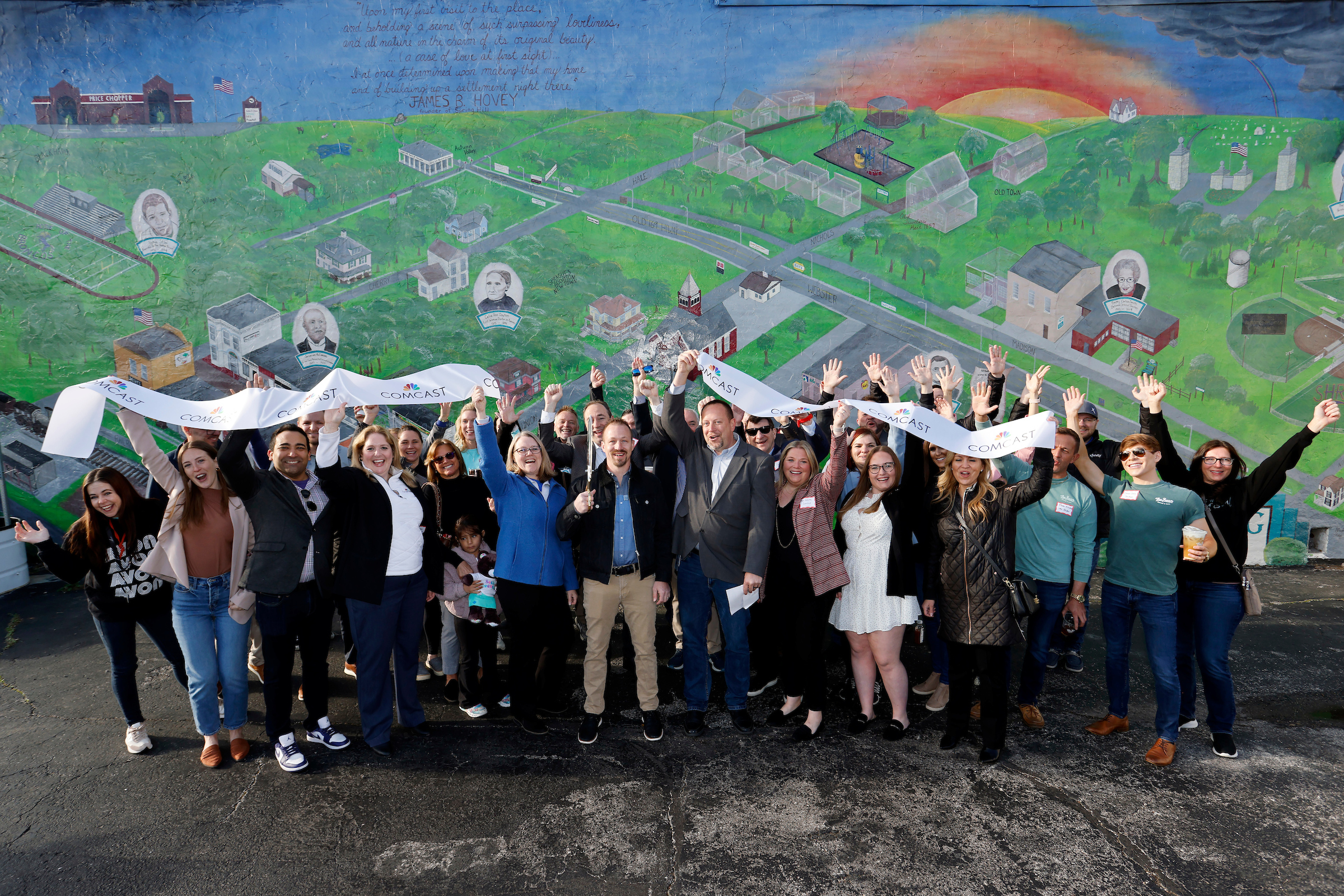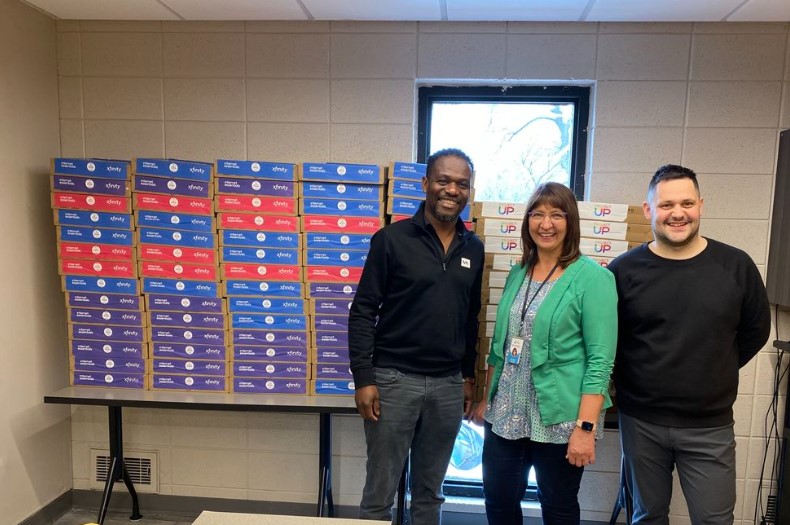The internet is a powerful resource for furthering education, assisting with job searches, tracking your benefits, engaging in telehealth, and keeping up with life. There’s no doubt, having access to the internet is more important than ever. But not everyone has equal access to the internet, especially economically challenged households. This issue is referred to as digital equity.
Much has been written and discussed about digital equity, particularly with the COVID-19 pandemic where the need to conduct work and school from home became the new norm, highlighting the issue even further. The impact of digital inequity has been acutely felt by families with students who had limited or no access to the internet. Can you imagine trying to do homework or attend a class over a smartphone? For many students, it’s a challenging part of their daily routine.
That’s why for more than 10 years Comcast, in conjunction with a wide variety of partners on the local, state, and national level have taken on the issue of digital equity and made company-wide commitments to further expand the opportunity of broadband for all.
As we emerge from the impacts of the pandemic, broadband adoption plays perhaps the most pressing role in internet accessibility. Across the Twin Cities, and in metropolitan areas around the country, most homes have multiple choices of broadband providers. What often stands in the way of connectivity are roadblocks to broadband adoption, be it language barriers, lack of knowledge of available options, privacy concerns, and more. This is where community partners for internet service providers play such an important role. They know and work directly with their constituents, having earned the trust of the people they serve.
Comcast works with community partners like Twin Cities Mom Collective on a variety of digital equity initiatives, collaborating to bring awareness to programs like Internet Essentials, the company’s signature broadband adoption program. Now in its 10th year, Internet Essentials has connected more than 10 million people to the power of the internet. Of that total, more than 272,000 are in Comcast’s Twin Cities service area. Internet Essentials offers internet access for low-income families and individuals for $9.95 per month, along with digital literacy training programs and access to low-cost computers.
One of the critical lessons to come from the pandemic is the importance of distance learning. With schools and classrooms closed, the internet became the sole means for students to connect with their teachers. For those families without a broadband connection at home, Comcast created Lift Zones, a multiyear program in partnership with a variety of community organizations to provide free WiFi access for students so they can participate in distance learning and do their schoolwork, which will also be important this summer as students look to “catch up.” The Sanneh Foundation at Conway Community Center in St. Paul, Phyllis Wheatley Community Center in Minneapolis, and Perspectives Family Center in St. Louis Park are but a few of the more than 70 Twin Cities Lift Zone locations helping to make broadband access for students a reality.
In addition, during the height of the pandemic the company announced its Internet Essentials Partnership Program (IEPP) designed to help accelerate internet adoption at a critical time. The program provides the opportunity for school districts and other organizations to fund and quickly connect large numbers of students and families to broadband access at home.
The axiom, “It takes a village…” has never been more relevant, and achieving the goal of having all residents connected to the power of the internet will take that kind of focus and commitment on the part of countless individuals and organizations. The good news is companies like Comcast are leading the way to make that dream a reality. To learn more, visit here.




